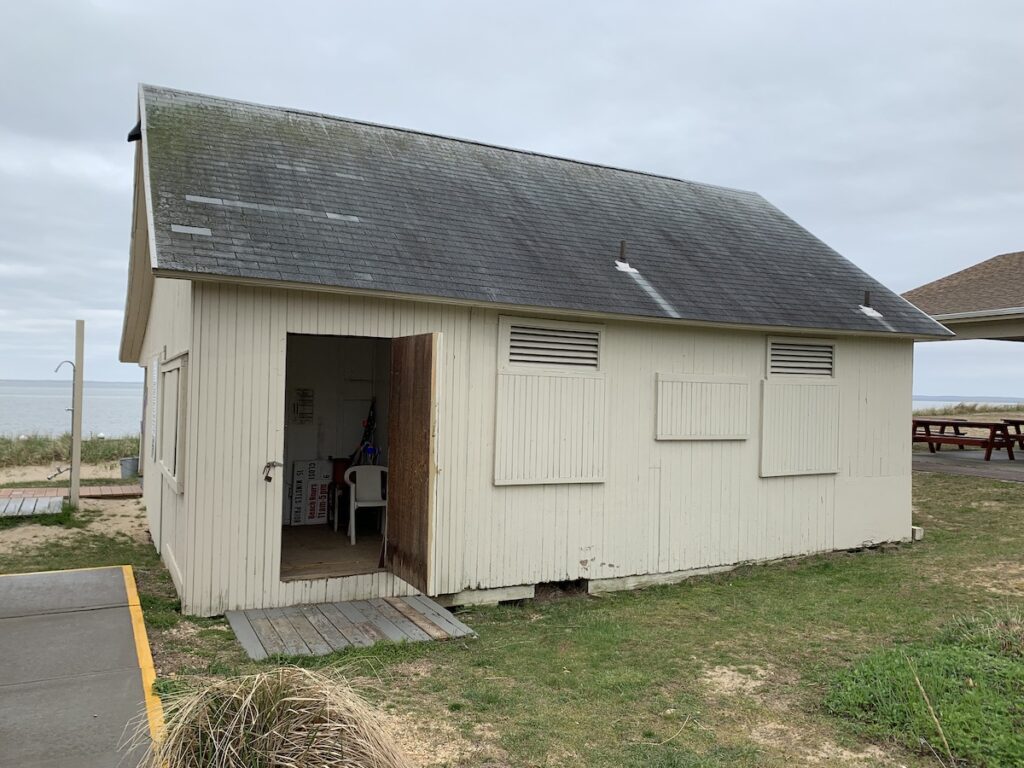College recruiting in age of COVID adds additional stress to already challenging time

One word came to mind when Vic Guadagnino was asked to talk about the current state of college recruiting: “Nightmare.”
The Riverhead High School boys lacrosse coach has a good vantage point. He can see things from both sides, having served as an assistant coach for Dowling College before taking over the Blue Waves.
Even during the best of times, college recruiting can be a difficult, stressful process. The age of COVID-19 clearly isn’t the best of times.
“From the college end, it’s very difficult because in lacrosse they’re dealing with fifth-year players coming back,” Guadagnino said, referring to the NCAA granting spring sports athletes an extra year of eligibility because the pandemic brought an early end to the last spring season. “From the college level, it’s crazy, hectic.”
NCAA Division I suspended all in-person recruiting through Jan. 1, 2021. NCAA Divisions II and III, meanwhile, saw their regular recruiting rules resume Sept. 1.
“Because of the pandemic, there was a huge freeze period,” said Riverhead senior midfielder CJ Dorr, who signed a national letter of intent for NCAA Division II Wingate University in North Carolina. “Colleges didn’t know what to do and how much money they had, [college] seniors coming back and deciding to play another year. There were a lot of unknowns.”
Video is an important tool to help high school players sell themselves to recruiters. “It’s super important,” Guadagnino said. “It always has been.”
He added, “Any game that Riverhead lacrosse is involved in, we have video of it.”
The problem?
Spring sports athletes lost their 2020 season to the pandemic. “You actually have to have something to video,” said Guadagnino.
Former Mattituck/Southold girls lacrosse coach Matt Maloney is in the thick of things, coaching a club team of high school juniors and another of sophomores. He said college coaches will be relying a lot on video and discussions with high school and club coaches.
But even video, while helpful, isn’t everything. College coaches like to watch live or complete games because they want to see things like how players react to making mistakes, how they interact with teammates, what they’re doing off the ball.
Input from club coaches may carry greater weight than what high school coaches say, said Maloney. He noted that athletes’ grades may be as important as ever in helping college coaches find scholarships for players.
“I think that as a player, there has to be patience, for sure, more than ever with the pandemic and the granting of college seniors an extra year of eligibility,” Maloney said. “It’s all intertwined and twisted up together.”
Several area high school lacrosse players signed national letters of intent with Division II schools last week.
Dorr verbally committed late this summer before eventually signing with Wingate. “It was definitely nerve-wracking at first,” he said. “I was fortunate enough to meet with the coach and the team before it all happened. Video is huge now and I really didn’t have much video.”
For others, perhaps, it wasn’t as difficult.
CJ’s twin sister, goalie Mackenzie Dorr, made Newberry College in South Carolina her choice before the pandemic. That early decision, she said, made things easier. “I took the initiative and emailed all my coaches, no problems,” said Mackenzie, who was looking for a college off Long Island that offered a major in sports marketing.
Timing is everything.
Likewise, two Mattituck High School seniors, goalie Rylie Rittberg and attack Abigail Seifert, both made pre-pandemic college choices. Rittberg is headed to Florida Southern and Seifert to Bloomsburg University in Pennsylvania.
“For me everything fell in place right the week before the pandemic started and everything closed down,” said Rittberg.
“Right now it’s a rough time,” Guadagnino said. “It’s the roughest time I ever had in my coaching career. I’m not coaching.”








